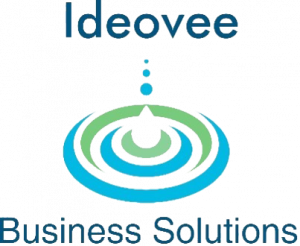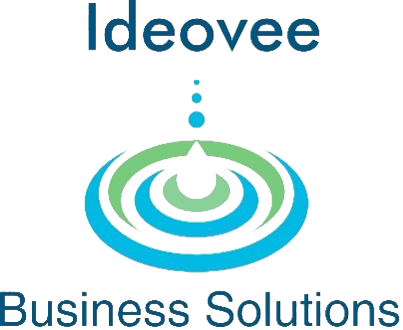
One pivotal question for the revenue team in a competitive heavy equipment market is the strategic investment in new technology to support marketing and sales. Let’s dispel the notion that effective sales and marketing traction can be bought. It’s crucial to understand that the effectiveness of such technology hinges on aligning with specific business goals, target audience dynamics, and available resources.
For heavy equipment businesses eyeing a selective group of high-value accounts, evaluating the applicability of account-based marketing is paramount. Rather than attempting to buy into a revenue pipeline strategy, a prudent approach involves crafting a comprehensive strategy first, followed by identifying technology gaps that can enhance its execution. Key questions guide this strategic evaluation:
➡ Infrastructure: How can we track and execute our sales and marketing strategy seamlessly within the heavy equipment market?
➡ Account Selection: What process ensures we have the right list of high-value accounts in place?
➡ Engagement: How do we deliver a relevant message to our targeted heavy equipment audience?
➡ Sales Enablement: Once marketing completes its role, how can sales efficiently close the deal within the heavy equipment market?
➡ Measurement: What metrics allow us to gauge effectiveness, identify shortcomings, and plan for the future?
In conclusion, the decision to invest in martech and salestech is nuanced and specifically tailored for B2B heavy equipment companies focusing on high-value accounts. To embark on this journey, the initial steps involve defining focus accounts, formulating a personalized messaging strategy, selecting suitable technology, and methodically implementing the program. The heavy equipment sector’s unique landscape demands a thoughtful and strategic approach to maximize the impact of sales and marketing technology.

